This time last year, I reported that nearly every metric in the UK classic car market had increased in 2022. Despite the climbing cost of living, growing economic uncertainty, and almost weekly political leadership changes in the UK, nearly every segment of the classic car market continued its post-Covid boom. It seemed that collector vehicle values were immune to the realities of the world.
But of course, they weren’t. Throughout 2023, Hagerty has tracked a correcting market where sellers’ expectations were not, in many cases, being met by potential buyers’ willingness to part with cash that had become more expensive to borrow. The demographic needle has also shifted rapidly to point toward millennials as being the new driving force (excuse the pun) behind the classic car market, fuelling (same) the rise in new market segments and more vocal concerns about sustainability. The result was a year of correction, something that many people argued was long overdue.

Fewer than 1/3 of cars rose in value, and most of those didn’t beat inflation
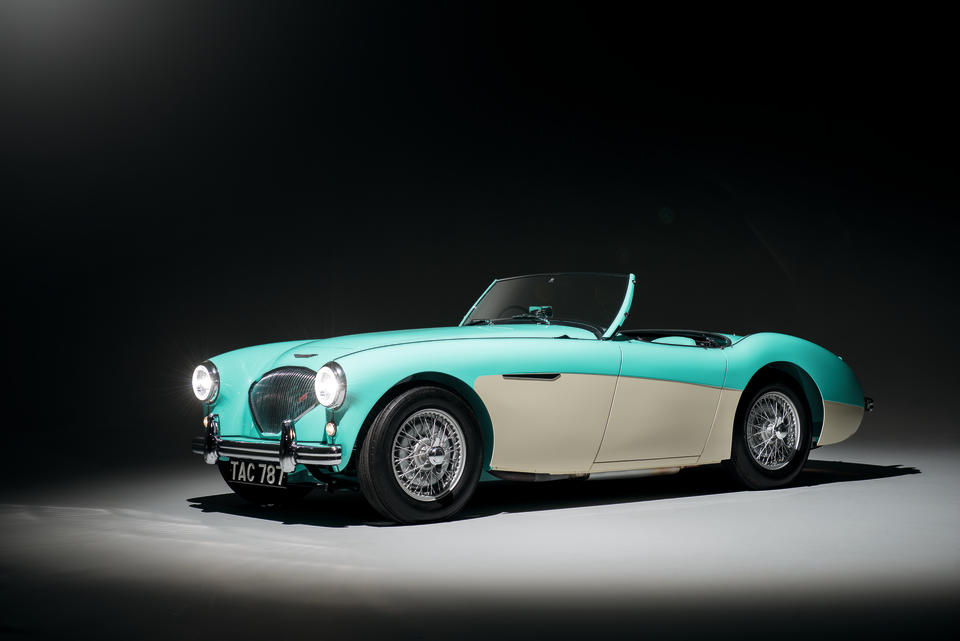
Just 29 percent of models tracked on the UK Hagerty Price Guide rose in value in 2023, the rest remaining static or falling. That’s a big change; the previous year it was 86 percent, and the year before that – despite Covid – it was 48 percent.
Only two of Hagerty’s five indices rose above the rate of inflation this year: the Classic Index (tracking cars that Hagerty believes are indicative of the UK enthusiast market) and our Festival of the Unexceptional (FOTU) Index, which watches the workhorse cars that used to be in everyone’s driveways but are now so rare. The Gold Index – tracking the very top cars – actually ended the year exactly where it started in percentage terms, after a significant mid-year drop.
The market turned a corner
So, what happened? As I reported in October, various factors combined in the summer of 2023 to create a turning point in the UK market. Finally, the cost of living started to bite, and that affected sellers who started to offload their least-precious cars, often expecting them to return at least what the vehicle had cost them. Meanwhile, buyers were becoming more careful with their money, especially as they were no longer able to borrow at the ultra-low rates they had been accustomed to for so long. This gulf between seller expectation and buyer willingness to pay caused a drop in sales reported by every element of the market, from auction houses and online sales platforms to dealers, and led to some to difficult conversations as values changed rapidly. As Matthew Priddy, head of auctions at Historics Auctioneers commented, “It’s not unusual that the fluidity of the market – from consigning the car to the auction day – may recommend an adjustment to the estimate and, if appropriate, the reserve price. Consequently, we maintain open dialogue with our vendors, prior to sale and even as their entry passes across the auction block.”
Interestingly, larger engines became less attractive in 2023: On average, everything over 3 litres either lost value or remained static in percentage terms. Engines 2 litres and under on average gained value. This may be coincidence, or it could reflect tightening belts.
Modern and emerging classics made all the headway
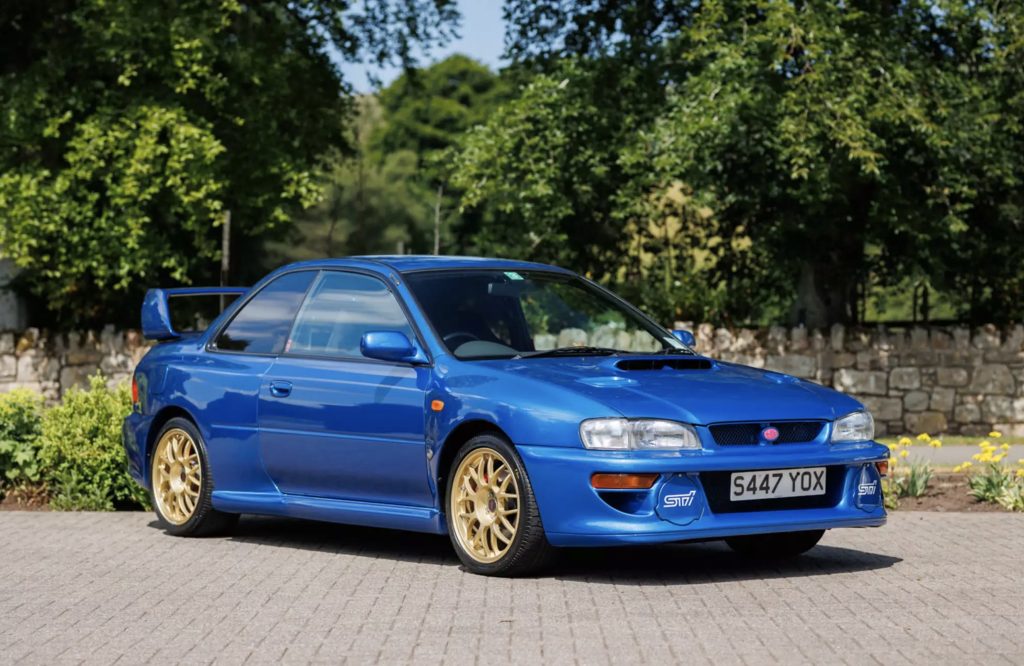
Of the cars in the Price Guide that rose, two decades stood out: the 1980s and the 2010s. The Eighties rise is the continuation of a trend for RADwood-style cars that has been growing for some time, but the 2010s is a new one. The biggest value increase for a marque was Subaru, with the 2000 Impreza Turbo leading the way with an astonishing 161 percent rise in the year. We also saw Subaru set an all-time record for the marque with Colin McRae’s 1998 22B selling for £480,500 back in August.
For a long time, Hagerty has been saying that Gen X (born 1965 to 1980) are at peak earning capacity. Those guys have money in their pockets, their kids are flying the nest, and they have an empty garage that needs to be filled. But, as Hagerty valuation analyst John Wiley wrote back in May, there’s a new generational shift going on. Okay, Gen X have continued to gain in percentage terms with the once-dominant baby boomer generation, but that’s because the latter are leaving the market, not because Gen X are quoting more. The real growth has been in younger drivers: Millennials have increased five percentage points in the last year. For those guys, a whole new world of 1980s-and-newer classics are the ones they aspire to.
Environmental concerns have become big news
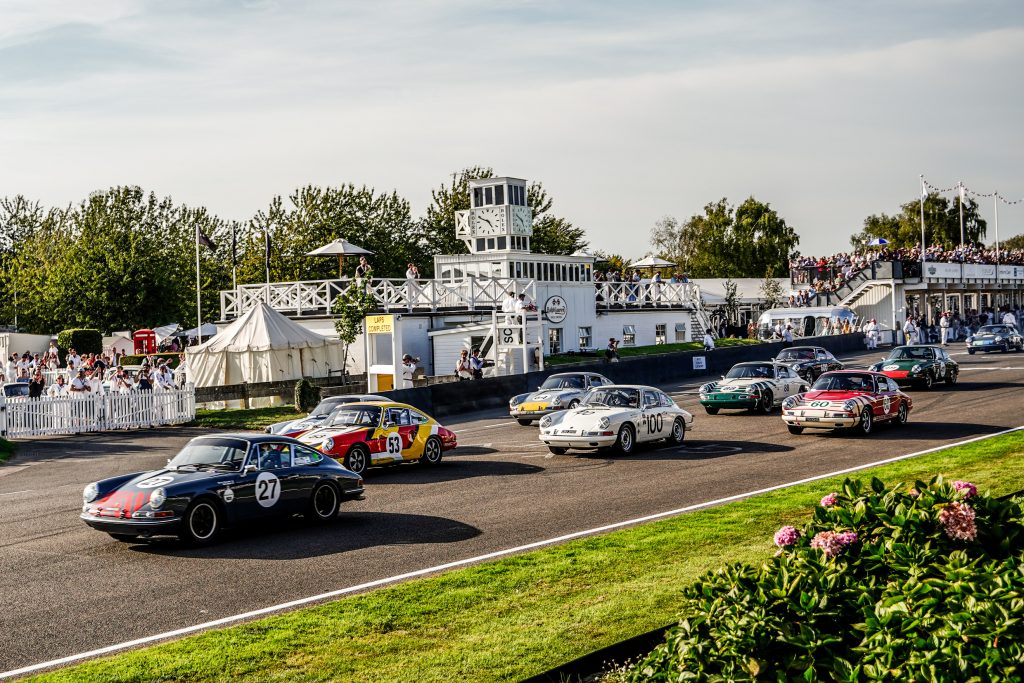
The rise in millennial buyers may also account for another big story in 2023: the rise in environmental accountability in the classic car world. I attended both the Historic & Classic Vehicles Alliance (HCVA) and Association of Heritage Engineers (AOHE) conferences on the future of the UK classic car industry, and central to both was the need for all of us to take concerns over climate change, emissions, and sustainability seriously. Suddenly, this became big news, with those like William Medcalf racing all his vintage Bentleys on synthetic fuels, Goodwood announcing the Revival will be run on the same, and various dealers, like Tom Hardman, supplying such fuels to his clients. “It makes sense from both a business and environmental standpoint,” he told me. “We are a family firm and we want to make sure that the company and the vehicles that we supply are useable for future generations. Our office operates off solar energy and olive kernel fuel. Synthetic fuels will help preserve our culture and heritage, not only from a vintage car perspective but across all aspects of modern life.”
This year, sustainable fuels also turned the corner toward becoming a realistic prospect, as Guy Lachlan, the HCVA sustainability director told me. “2023 has been a really important year for sustainable fuels, with their presence on the racetrack, in the press, and on social media all driving awareness and interest among owners and legislators alike. People can now see that net zero liquid fuels are a realistic proposition, and this in turn helps secure a future for classic vehicles, which of course rely on access to this new technology if they are to justify a place in tomorrow’s world.” Lachlan believes this could go even further. “We expect many more new developments in 2024 as the industry gathers strength, with e-fuels coming properly online and – who knows – maybe even the prospect of a carbon negative liquid fuel in the not too distant future!”
Older classics are struggling
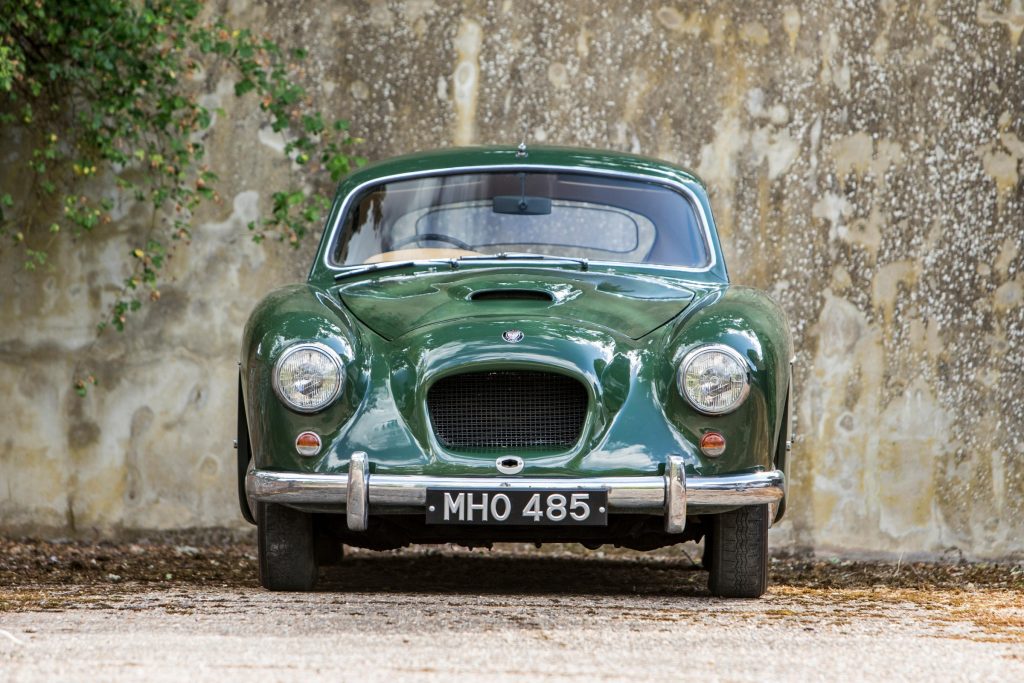
Younger enthusiasts may account for a rise in newer classics, but the opposite may also be true. Look at the list of brands that have, on average, lost most of their value over the year, and – with the exception of a few anomalies that reduced for other reasons – there’s a large number of ‘lost’ names, like Bristol, HRG, Frazer Nash, and Allard. Tom Hardman makes the point that prewar and vintage cars need to have eligibility in order to be really attractive. “The older car market is constantly fluctuating, creating a higher demand on vehicles that allow entry into the top events,” he told me. “Some collectors are consolidating a number of newer cars into one significant vehicle that will provide them access to major international events, like the Mille Miglia.” Robert Johnson, managing director of Classic and Sports Finance, says that racing history is also a major plus. “Having any form of racing pedigree is a major endorsement at the moment, as is a car that enables entry into the myriad events worldwide.”
It’s not just vintage cars, either. The biggest faller in percentage terms for a single car was the Lamborghini 400 GT 2+2, a car that may not resonate with a buying population that lusts after the Miura, the Countach, and newer models. It fell 19 percent in the year.
The outlook for 2024

It’s not all bad news. Many of the cars that fell in value in 2023 were those that had risen significantly in the past few years, and a correction was overdue. The fact that the sub-£50,000 enthusiast market is more buoyant, as shown in the relative health of Hagerty’s Classic and FOTU Indices, is a good thing.
Plus, there are signs of life even in the depths of winter. Hagerty UK has just recorded its busiest November ever, every Hagerty Index rose in the final quarter, (with the exception of the Hot Hatches, which remained static,) and finance providers have reported unusually strong trade, as Robert Johnson told me. “We have seen more activity around ‘traditional classics’ in the past six to eight weeks or so, compared with earlier in the year. It is mainly at the top end of the market, but it focuses on cars with good provenance and interesting stories. Cars may be considered an investment asset class once again, which I had felt has disappeared somewhat from the industry.”
He makes an interesting point. There are real bargains out there once more, especially at the back of the auction catalogues, and with interest rates expected to fall again next year, it may be that some people are taking interest-only loans to buy now, expectant of a price rise later.
Overall, there’s an understanding that 2023 was the year we all needed. Businesses have been forced to adapt and diversify, collectors have focused their collections on the cars they really love, and some of the speculators that can cause unrealistic values have left the building. There’s also a focus on elements that will transform the classic car world into a sustainable, heritage-focused industry, something that is essential if we are to thrive. All of this puts us in a positive place for the new year.

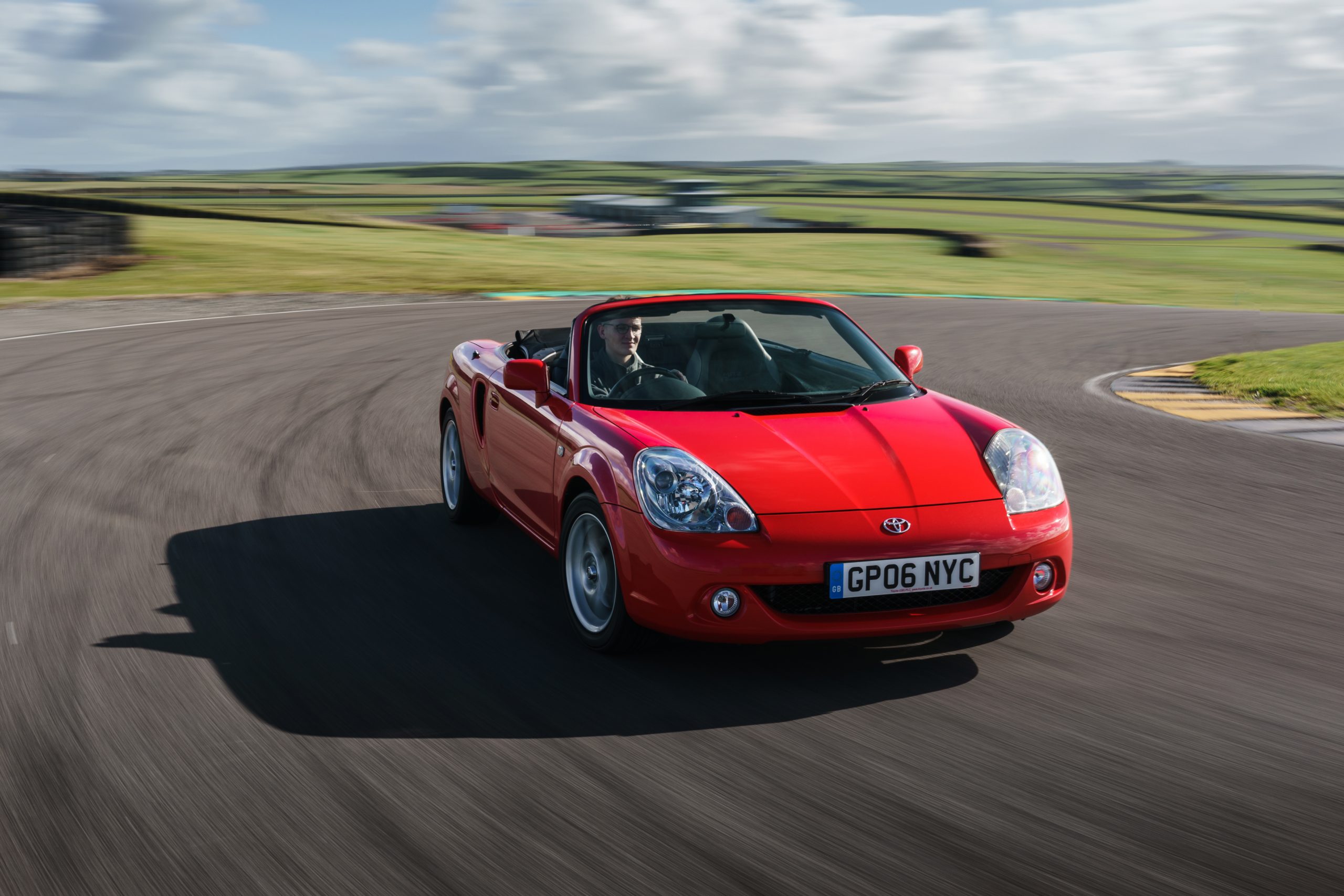




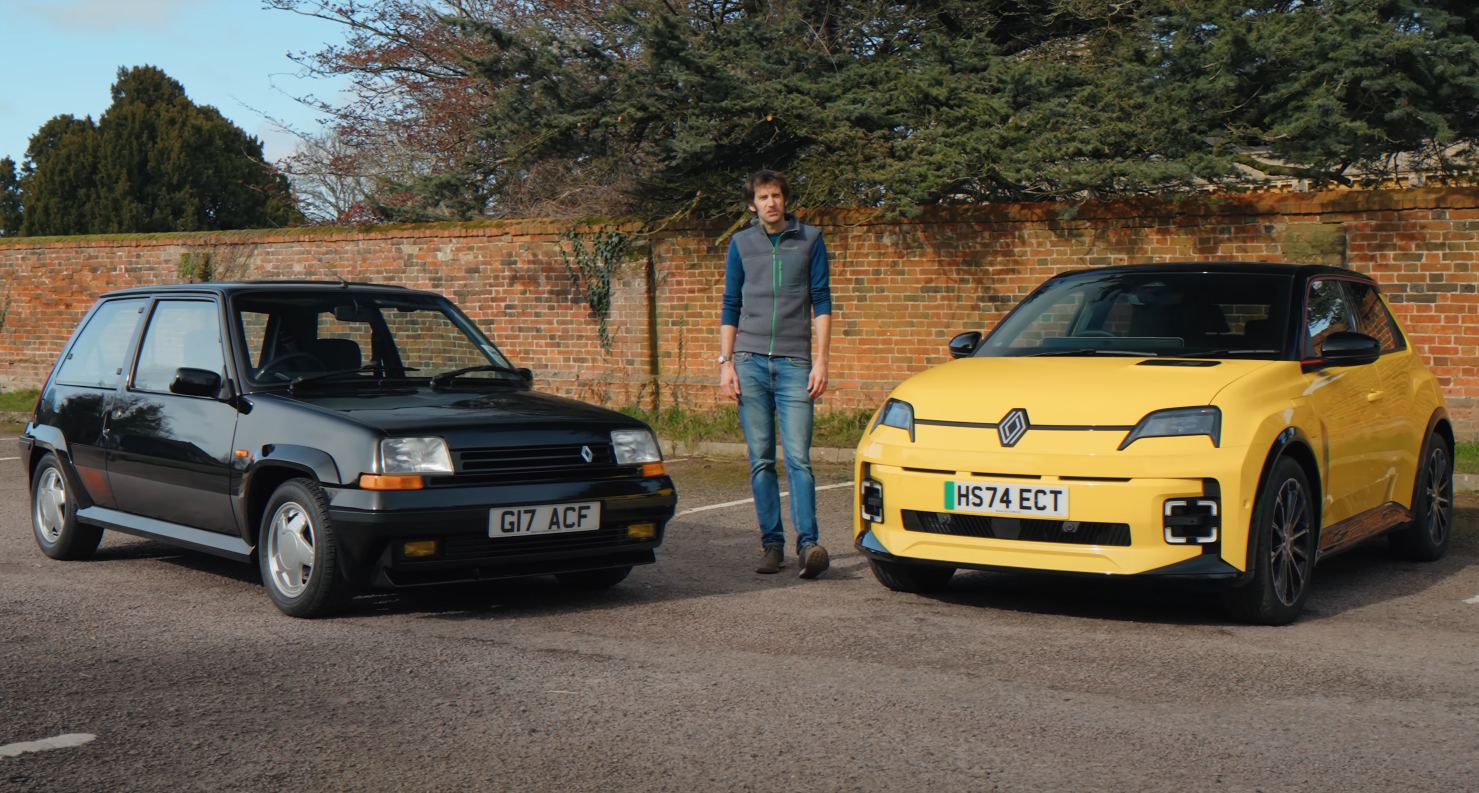



We always read that a falling market represents a ‘correction’ the implication being that an upward market must somehow be incorrect. The reality is that there is no ‘correct’ figure – markets are carried on sentiment and the price is the price. I believe we will witness a gradual but continuous decline in values so I will just enjoy owning and driving the classic car that I wanted since owning a Matchbox version of it in the 60’s, and if it ends up being worth very little so be it. Having the most beautiful car ever made in my garage is priceless. I’m sure many other single vehicle owners feel the same.
What about other ‘type’ vehicle classics other than retails cars?
Might we have more technical information on the new E fuels, that we might see the benefits, pricing structures, availability etc.
Many thanks
It is indeed sad that the price of owning a classic car has increased considerably in every way, namely insurance, petrol, petrol additives, garage inflation prices, engine oils, etc… but am proud to have in my garages five classic cars, namely a Jaguar Mark VII M (1955); and MG “B” Roadster (1965) a Mercedes Benz 350 SE (1980); a Mitsubishi Colt Mirage (1984) and a Rolls Royce Silver Spirit (1996) all of which are in pristine condition. Each of these cars will be left in my will to a car museum which is a charity for others to enjoyed as I have enjoyed driving them all my life. In the meantime I love driving them and admiring their magnificent and singular shapes and construction.
Nice one Joseph. Beautiful man !
Was wondering if a 69 El Camino SS 396 would be a good investment?